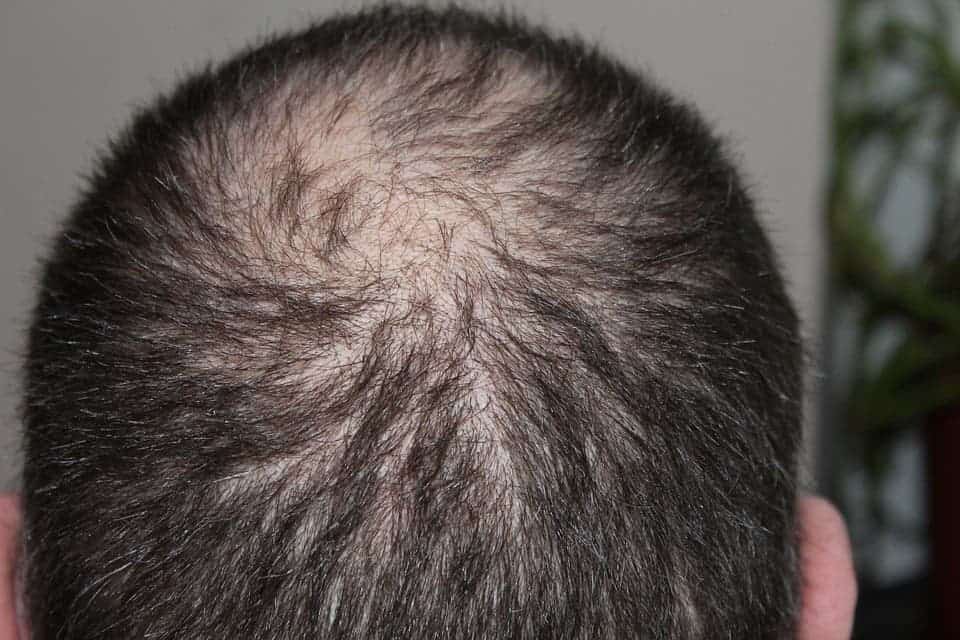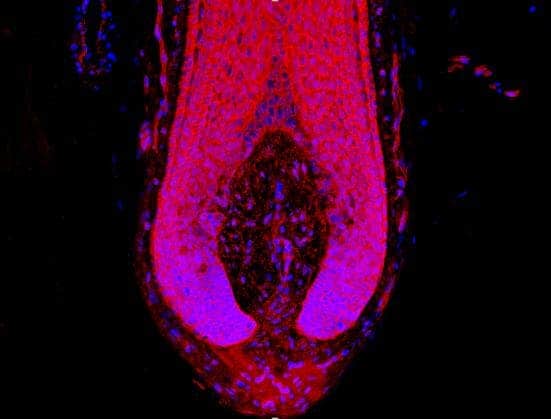A drug originally meant to treat osteoporosis may hold the key to curing androgenetic alopecia, which refers to male or female pattern baldness. Dr. Nathan Hawkshaw, lead author of the new study and a researcher at the University of Manchester, said the discovery could “make a real difference to people who suffer from hair loss.”

In 1983, a drug called Cyclosporine A (CsA) was first released commercially in the form of eye drops. The immunosuppressive drug can treat a wide range of conditions and diseases like rheumatoid arthritis and osteoporosis, and prevents the rejection of organ transplants.
The drug causes a number of side effects like headaches, vomiting, and high blood pressure. But among its many side effects, CsA is also linked to increased hair growth, which peaked the interest of Hawkshaw and colleagues and the University of Manchester.
The team of researchers conducted experiments where they applied the substance to human hair follicles donated by hair transplant patients. In order to see why the drug promotes hair growth, the scientists also conducted a full gene expression analysis of the follicles. This is how they learned that the substance reduced the expression of a protein called SFRP1 that hindered the growth of tissues, among them hair follicles.
“When the hair growth-promoting effects of CsA were previously studied in mice, a very different molecular mechanism of action was suggested,” Dr. Hawkshaw said in a statement. “Had we relied on these mouse research concepts, we would have been barking up the wrong tree.”

The researchers then analyzed another compound called WAY-316606, originally developed for treating osteoporosis. They found that this drug also appeared to target SFRP1 and was even better than CsA at suppressing the protein, and didn’t have any of the side effects to boot.
For many people, both men and women, hair loss can cause considerable emotional damage, including loss of self-esteem and confidence. Hair loss treatments available so far can be limited or hit and miss, which is why this new study is exciting. Now, a clinical trial will have to be conducted in order to determine whether WAY-316606 is both safe for humans and effective at promoting hair growth.
“The fact this new agent, which had never even been considered in a hair loss context, promotes human hair growth is exciting because of its translational potential: it could one day make a real difference to people who suffer from hair loss,” Dr. Hawkshaw said.
“Clearly though, a clinical trial is required next to tell us whether this drug or similar compounds are both effective and safe in hair loss patients.”






